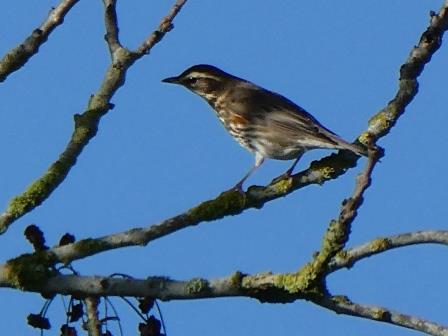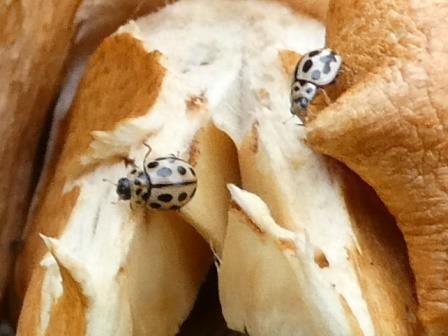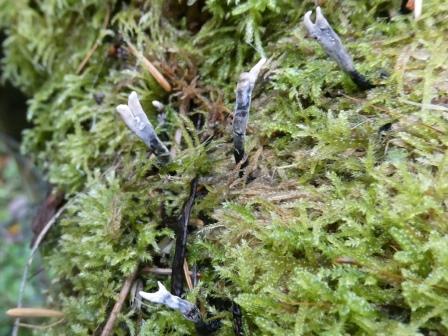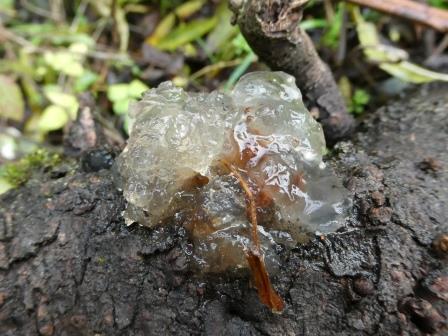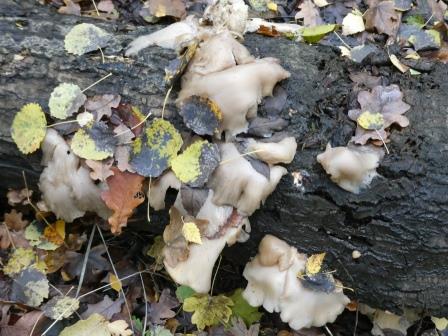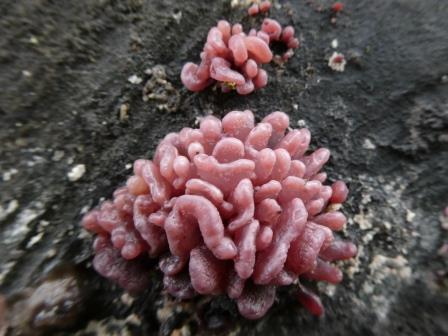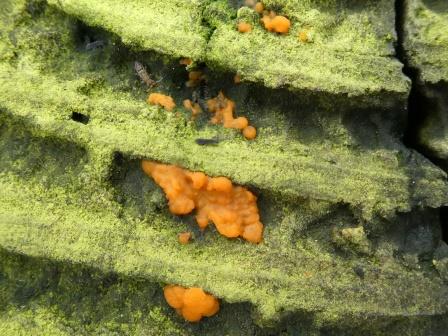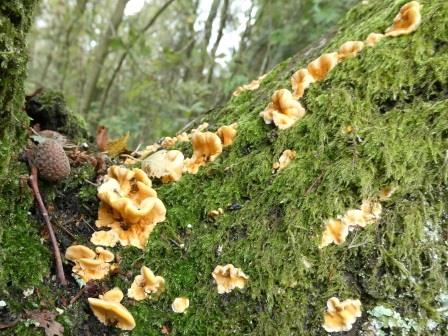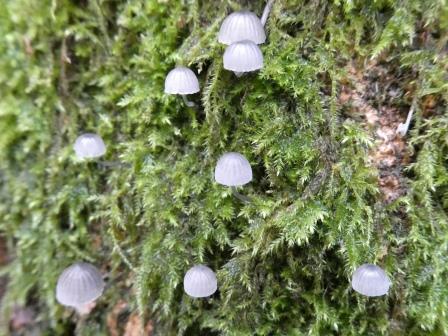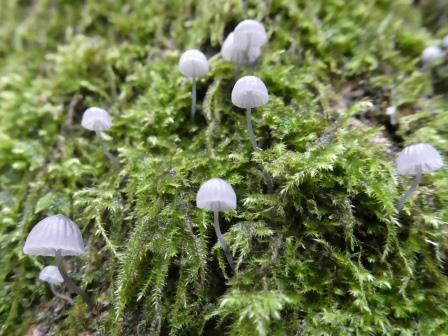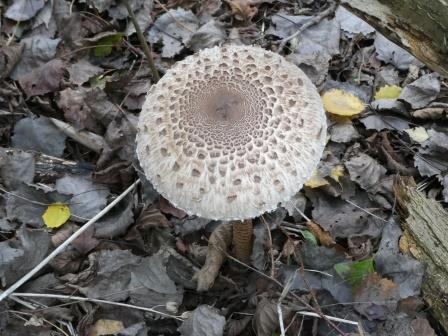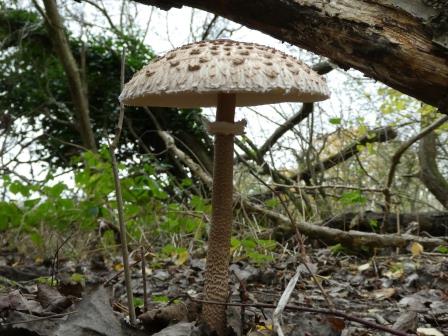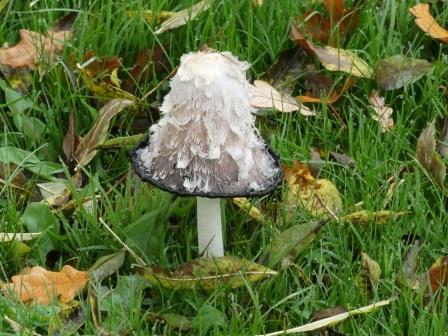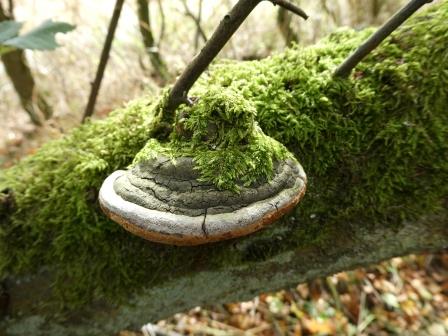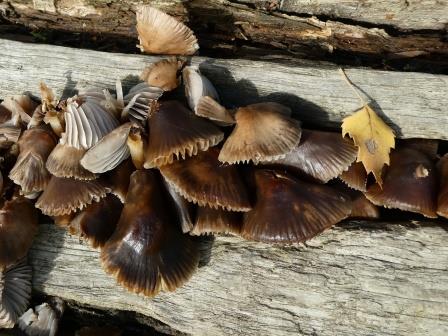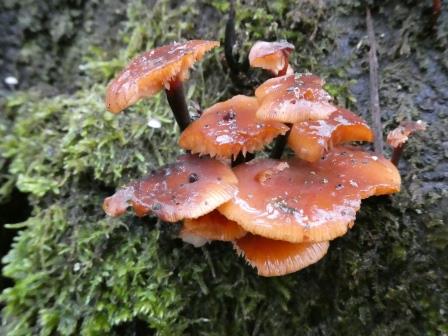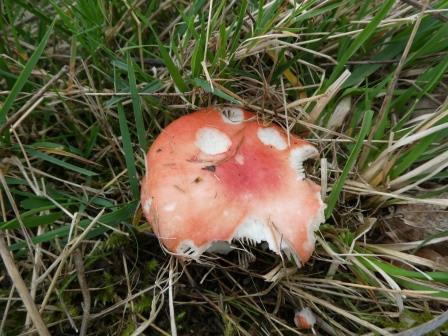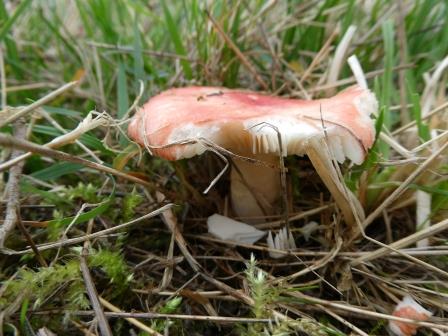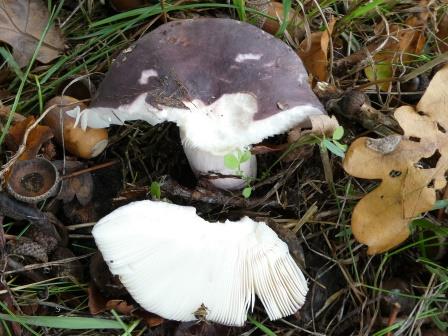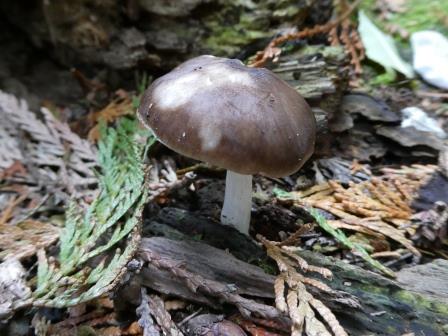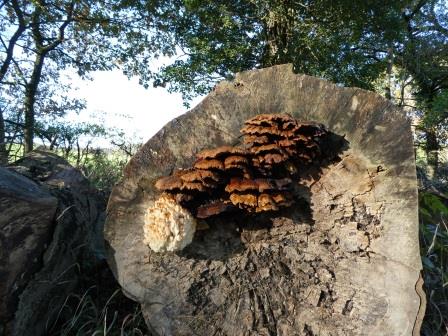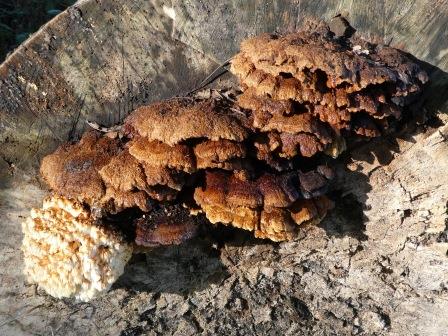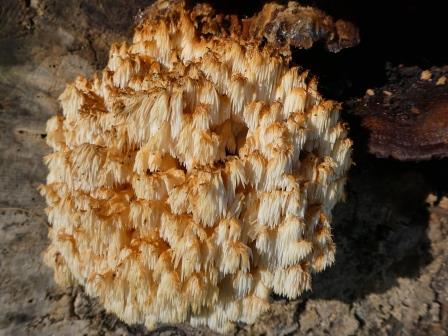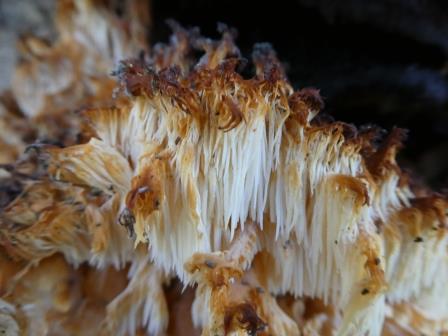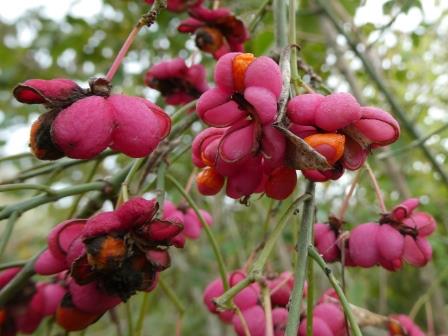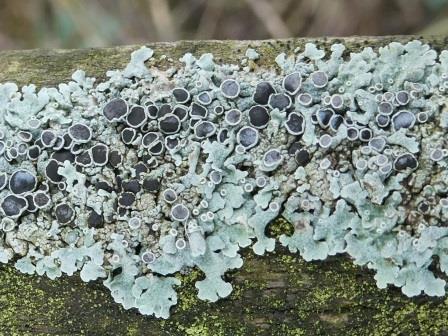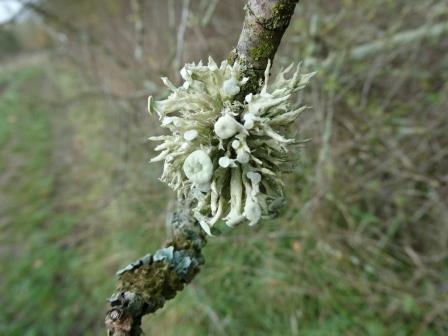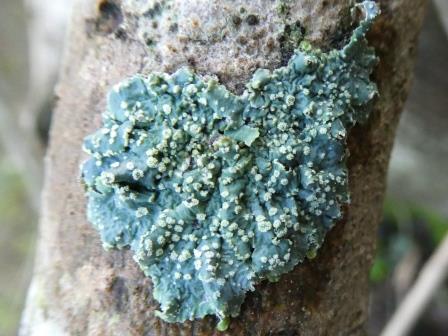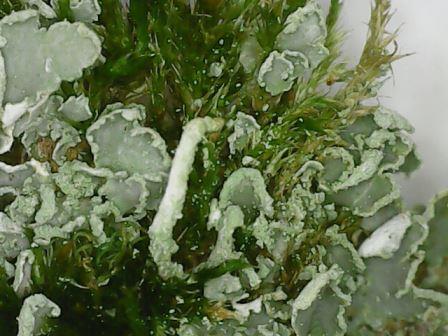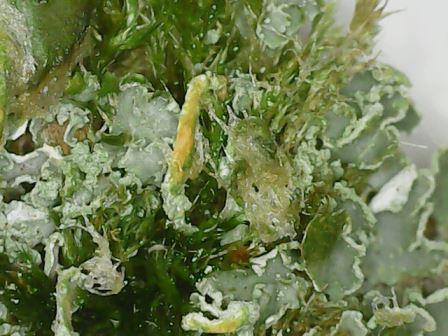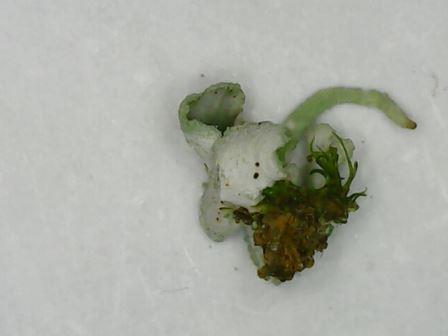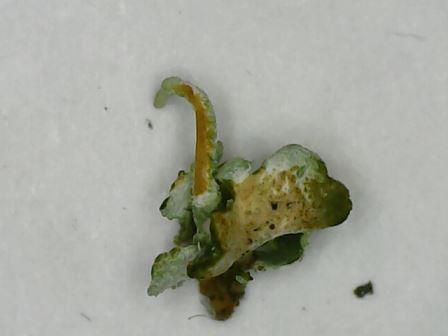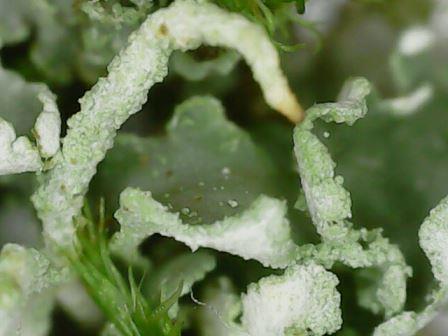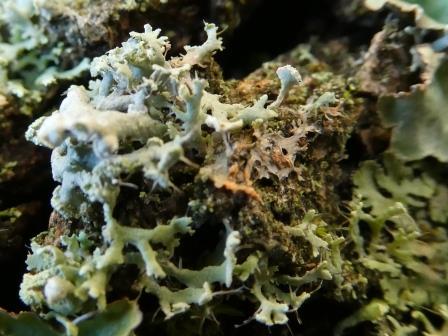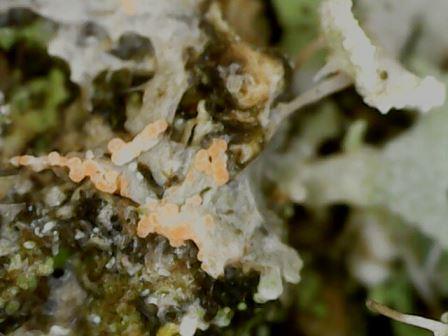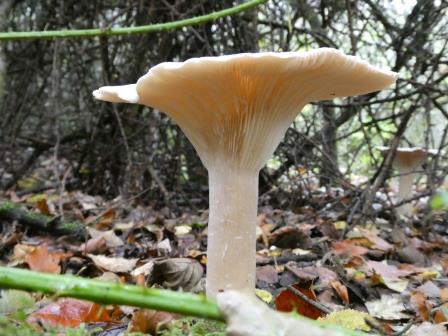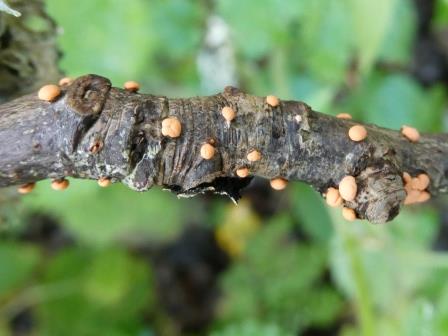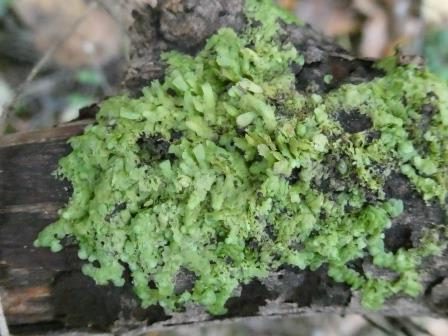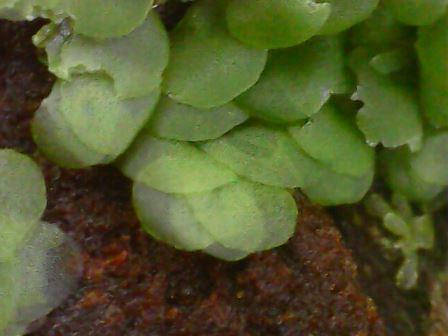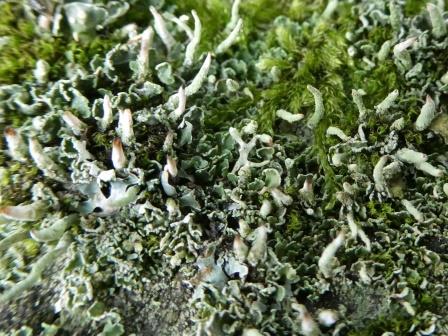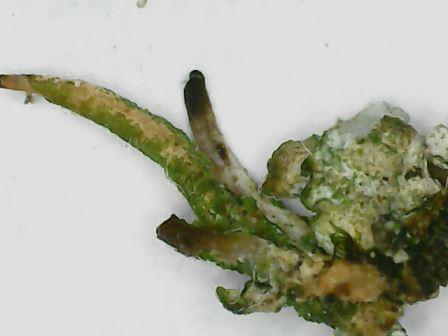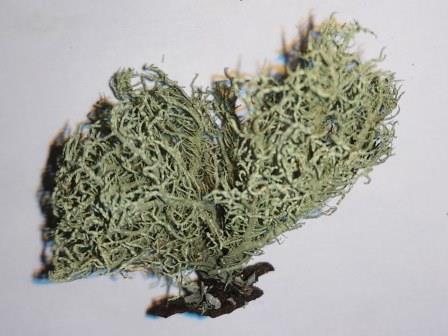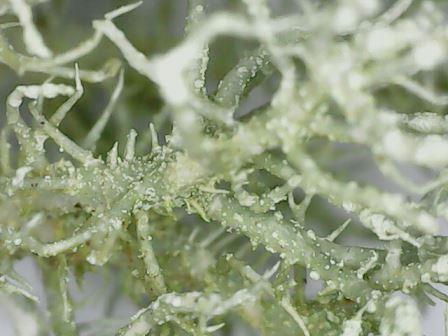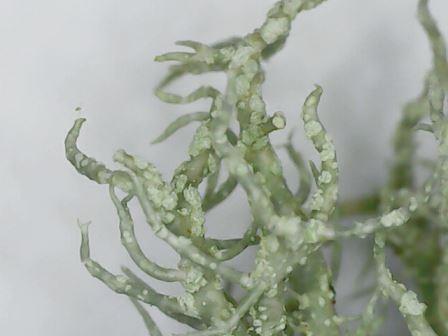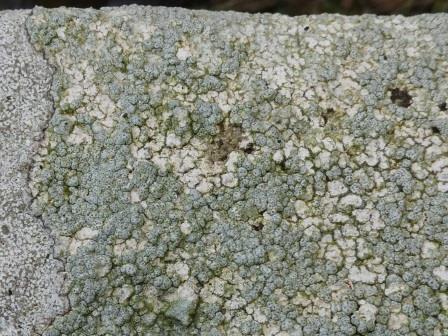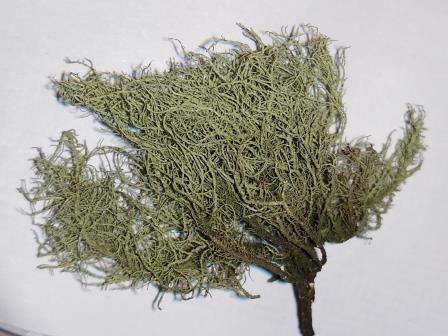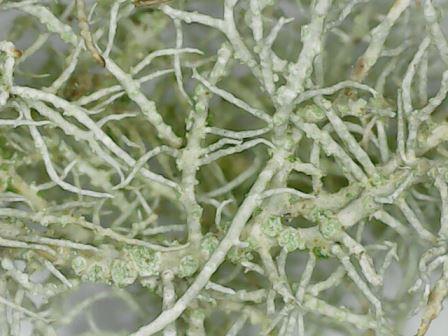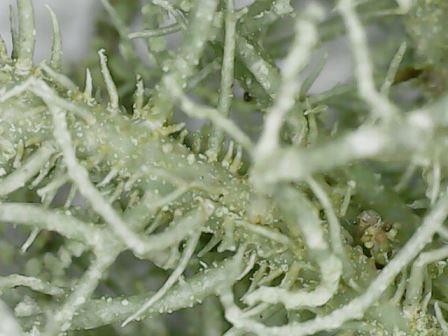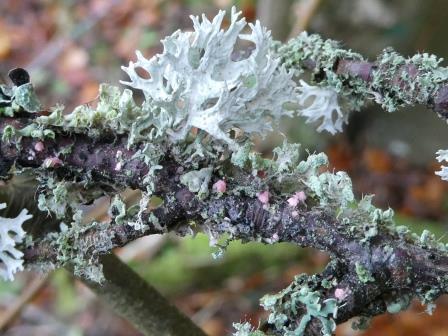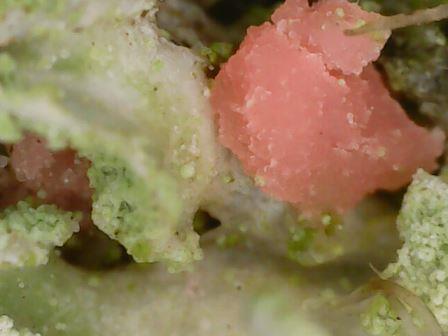Please refer to the Introduction Page to understand the context behind the monthly photographs.
Loads of these about at this time of year.
Recognised by whitsh/grey colour and black line down the middle with side spots overlapping. Number of spots 13-19 with 16 the average.
2No. Sixteen spot white Ladybirds (Tytthaspis sedecimpunctata)
Lots of Fungi again this month now we are in the much wetter weather.
Candle Snuff Fungus (Xylaria hypoxylon)
Crystal Brain Fungus (Myxarium nucleatum)
Pale Oyster (Pleurotus pulmonarius)
Purple Jellydisc (Ascocoryne sarcoides)
Orange Jelly Fungus (Dacrymyces stillatus)
Hairy Curtain Crust (Stereum hirsutum)
The tiny Mycena pseudocorticola
The tiny Mycena pseudocorticola
Parasol Mushroom (Macrolepiota procera)
Parasol Mushroom (Macrolepiota procera)
Shaggy Ink Cap (Coprinus comatus)
Willow Bracket (Phellinus igniarius)
Tufted Bell Cap (Mycena inclinata)
Velvet Shank (Flammulina velutipes)
With over 120 Russula species with many looking similar - these fungi below need microscope examination for full species identification. Although some caps are poisonous to human's snails love to graze on these so much that an undamaged cap is rare.
Russula - voilet/purplish
The fungus below Coral Tooth (Hericium coralloides is very rare in VC38 Warwickshire with only three previous recordings.
Coral Tooth (Hericium coralloides) with Alder Bracket (Inonotus radiatus)
Coral Tooth (Hericium coralloides) with Alder Bracket (Inonotus
Coral Tooth (Hericium coralloides)
Coral Tooth (Hericium coralloides) - Close up
The Spindleberry is a British native, often seen in hedgerows in the south of England. Fast growing, it is an attractive shrub in autumn when the leaves turn bright red and contrast with the strange pink 4-lobed fruits, which split partially open the reveal bright orange seeds.
Lichen are only recorded at each new OS Grid location (hover for Grid Ref). They are then entered on the British Lichen Society spreadsheet and submitted for their Warwickshire VC38 Lichen database and Lichen mapping.
The Cladonia below if correctly identified is not often recorded in VC38 Warwickshire.
Cladonia digitata - Underside
Cladonia digitata - Underside K+ve
Cladonia digitata - Close up
Erythricium aurantiacum on Physcia tenella
Erythricium aurantiacum on Physcia tenella - Close up
VC77 - South Lanarkshire - Fungi
Common Funnel Cap (Clitocybe infundibuliformis)
Coral Spot (Nectria cinnabarina)
VC77 - South Lanarkshire - Liverworts
Even Scalewort (Radula complanata)
Even Scalewort (Radula complanata) - Close up
VC77 - South Lanarkshire - Lichen
Cladonia macilenta - Close up K+ve
Usnea subfloridana - Close up 1
Usnea subfloridana - Close up 2
Usnea wasmuthii - Close up 1
Usnea wasmuthii - Close up 2
VC77 - South Lanarkshire - Lichenicolous Fungi
Illosporiopsis christiansenii on Physcia tenella
Illosporiopsis christiansenii - Close up
Ones that escaped the camera lens this month
a) Cormorant and a Heron
b) Jay and a Nuthatch
c) Roe Deer
Page Views starting March 2022: 362
